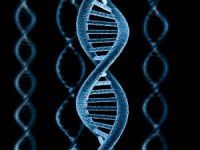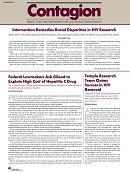Temple Research Team Claims Success in HIV Removal
Researchers at Temple University believe they have found a way to help remove any traces of HIV-1 from a person's body as work continues toward a cure for the virus.

As part of the study, Khalili's team developed a 20-nucleotide strand of gRNA to pair with Cas9. The goal was then to attack the long terminal repeat (LTR) portions of a gene. Using Cas9, the researchers were able to remove the 9,709 nucleotides of the HIV-1 genome. Special attention was paid to not use nucleotide sequences that appear in the coding of a human DNA strand.
Khalili said the virus was removed in microglia, macrophages, and T-lymphocytes. "T-cells and monocytic cells are the main cell types infected by HIV-1, so they are the most important targets for this technology.
In the statement, the team said there is still a lot more work to be done, including working to ensure that all infected cells are targeted by the treatment and studying the impact of gene mutations on its success.
"We are working on a number of strategies so we can take that construct into preclinical studies," Khalili said. "We want to eradicate every single copy of HIV-1 from the patient. That will cure AIDS. I think this technology is the way we can do it."
The professor also said he believes the work could be a first step in helping patients with other viruses as well as the combination used in this study was able to work through the difficulties of tackling the HIV-1 strands.

